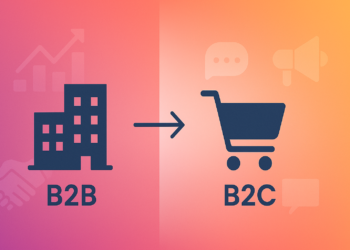Every customer journey hides hidden potholes that can derail satisfaction. This quiz helps you spot and fix those fail‑points before they bite.
In a service blueprint, a ‘fail‑point’ typically refers to a step where ______ is most likely to break down.
the promised experience
advertising reach
inventory turnover
staff scheduling
Which visual cue on a service blueprint often highlights fail‑points for easy spotting?
a solid black line
a lightning‑bolt or burst symbol
a dotted navigation arrow
a shaded rectangle
Front‑stage fail‑points most directly affect which stakeholder?
vendor partners
back‑office staff
the customer
regulatory auditors
A 2025 CX best‑practice guide suggests prioritizing fail‑points based on which combination?
system age
capital cost only
employee preference
frequency and impact
Adding real‑time dashboards helps reduce fail‑points mainly by enabling ______.
price discounting
immediate detection and recovery
outsourcing of tasks
brand repositioning
Service‑recovery scripts are most useful when a fail‑point is classified as ______.
purely cosmetic
strategic and desirable
unavoidable but manageable
irrelevant to loyalty
Which tool pairs with blueprinting to quantify the cost of each fail‑point?
failure mode and effects analysis (FMEA)
Gantt chart
SWOT matrix
A/B testing matrix
A queue that regularly exceeds the ‘acceptable wait threshold’ is an example of a fail‑point in which blueprint lane?
support processes
back‑office systems
customer actions
brand communication
Staff cross‑training is recommended to eliminate fail‑points tied to ______.
brand style guides
excess storage space
single‑employee dependency
redundant signage
After mapping fail‑points, the final step before implementation is usually to ______.
assign owners and timelines for fixes
benchmark competitors’ ads
create a loyalty tier
launch a new slogan
Starter
Brush up on process fail‑point id basics to strengthen your service know‑how.
Solid
Nice work—deepen your understanding of nuanced process fail‑point id scenarios.
Expert!
You’ve mastered process fail‑point id principles—time to lead optimization projects.
Mastering Process Fail-Point ID Interview Questions will equip you to pinpoint where service breakdowns occur and propose fixes. Begin your prep with the services marketing interview questions guide to get comfortable with key process concepts. Next, challenge yourself with the Service Encounter Triad MCQs, dive into an on-site inspection using the Physical Evidence Audit question set, and explore efficiency trade-offs through the Service Quality vs Productivity interview questions. Working through these targeted quizzes will ensure you can confidently discuss identifying and resolving fail-points in any interview.












